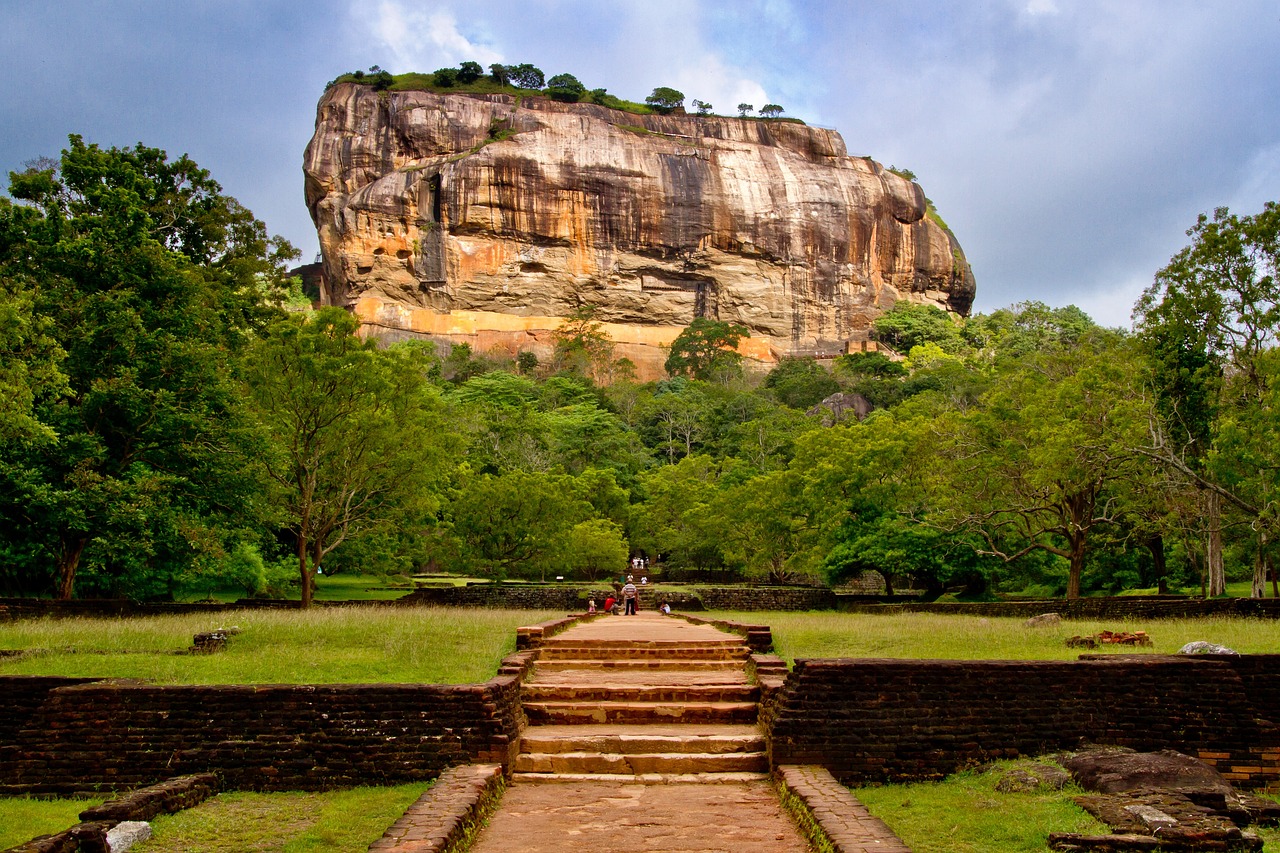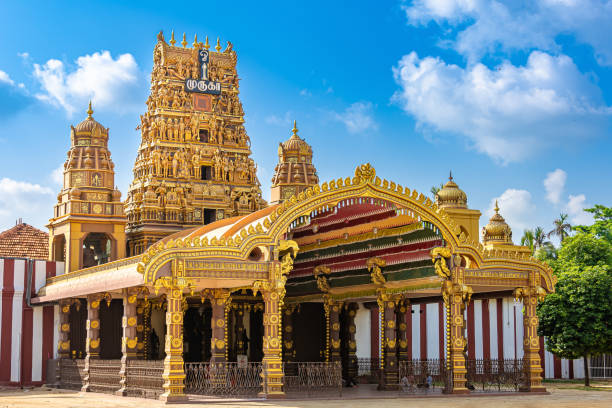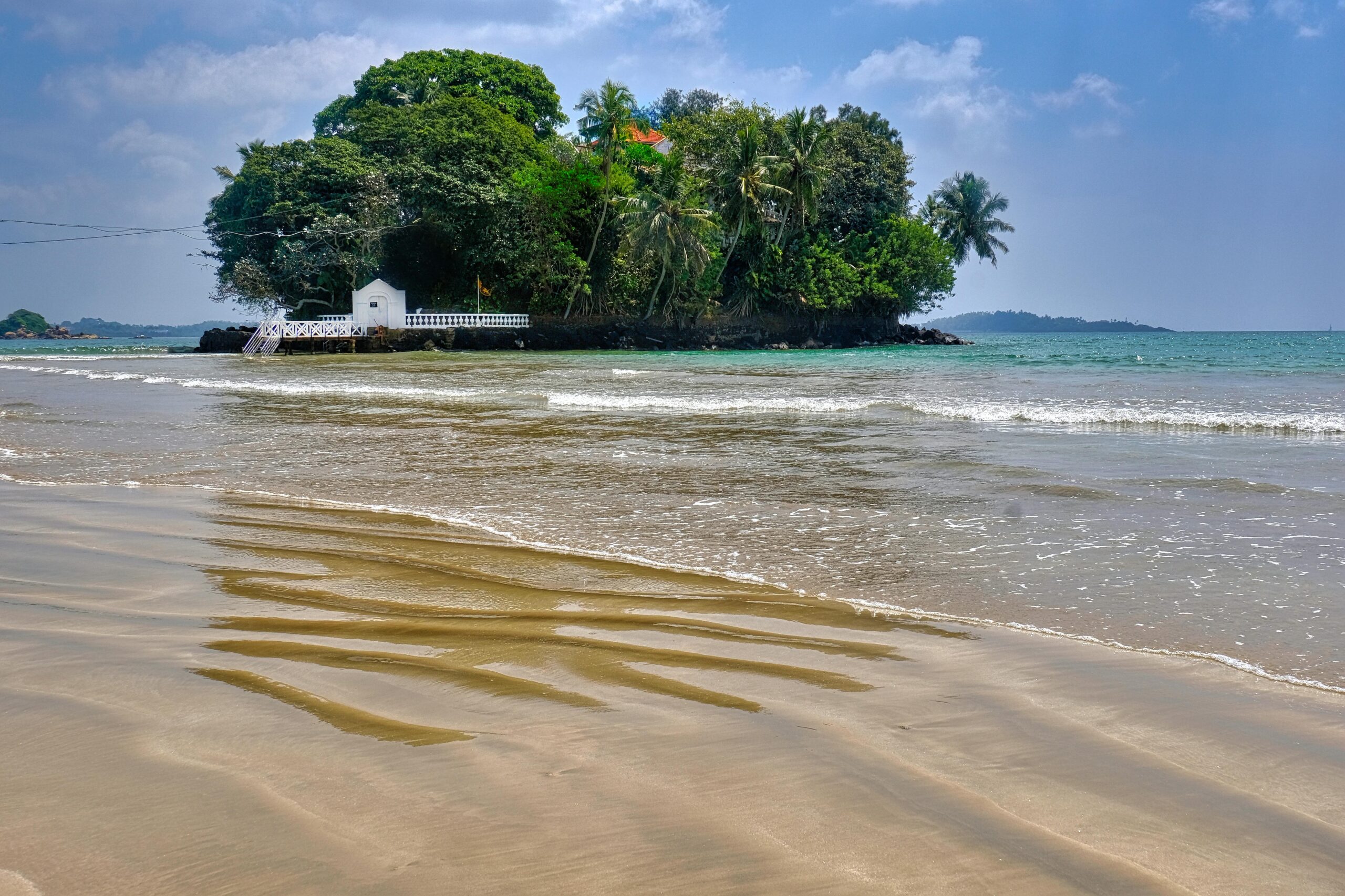destinations in sri lanka
Colombo, a city that thrives at the intersection of tradition and modernity, is a melting pot of diverse cultures and experiences. The cityscape reflects a unique blend of colonial charm, with its grand British-era buildings, and contemporary architecture seen in modern skyscrapers. Colombo is also home to sacred religious sites, including the serene Gangaramaya Temple, which is a cultural hub and a place of worship, featuring intricate statues, relics, and an eclectic collection of artifacts.
For art lovers, the city’s vibrant gallery scene showcases contemporary Sri Lankan art, while the National Museum delves into the island’s rich history with an impressive collection of ancient relics, royal regalia, and prehistoric artifacts.
The bustling streets of Pettah, with their colorful bazaars and aromatic spices, are a sensory feast, offering everything from fresh produce to textiles. Meanwhile, the tranquil Galle Face Green offers a refreshing contrast—this oceanside promenade is the perfect spot to relax with a fresh “isso vade” (prawn fritter) as the sun sets over the Indian Ocean, casting golden hues across the horizon.
Colombo also boasts a dynamic culinary scene, blending traditional Sri Lankan flavors with global influences. Whether you’re tasting street food in Pettah or dining at a chic seaside restaurant, Colombo promises a gastronomic adventure.

Negombo, with its coastal charm and rich cultural heritage, offers a unique blend of history, nature, and vibrant local life. Often referred to as “Little Rome” due to its strong Christian influence, you’ll find an array of centuries-old churches dotting the landscape, including the iconic St. Mary’s Church, a grand structure with stunning murals.
The town’s proximity to the sea has shaped its lifestyle, and nowhere is this more evident than at the lively Negombo Fish Market, where fishermen display their daily catch, providing a glimpse into the traditional fishing methods passed down through generations. Just a stone’s throw away lies the Negombo Lagoon, a tranquil waterway where boat rides offer the chance to observe mangroves, water birds, and traditional fishing communities working in harmony with nature.
Negombo’s beaches are a perfect escape, with palm-fringed shores offering a serene setting to relax or engage in water sports like windsurfing and kitesurfing. The town also has a rich colonial past, with landmarks like the Dutch Fort, which, after recent restoration, showcases the remnants of the island’s Dutch colonial period, and the old Dutch Canal, once used for transporting goods, now a peaceful spot for a scenic boat ride through town.

Sigiriya significance goes beyond its stunning visuals—it’s a remarkable example of ancient urban planning and innovation. The rock fortress, rising nearly 200 meters above the surrounding plains, is often seen as a masterpiece of ingenuity. The site’s water gardens, fountains, and hydraulic systems were designed to function during both the rainy and dry seasons, illustrating an advanced understanding of engineering and aesthetics.
The Lion’s Gate, located halfway up the rock, once featured a colossal stone lion, from which Sigiriya derives its name—‘Sinhagiri’ or Lion Rock. Today, only the lion’s massive paws remain, but they offer a glimpse into the grandeur that once greeted visitors to King Kashyapa’s fortress.
On the way up Sigiriya, you’ll also encounter the “Mirror Wall,” a highly polished surface that, centuries ago, allowed the king to see his reflection as he walked by. This wall is also etched with ancient graffiti from visitors dating back over a thousand years, many of whom left verses expressing admiration for the beauty of the Sigiriya frescoes.
The Sigiriya views from the summit are breathtaking, offering panoramic vistas of lush jungles, mountains, and distant horizons. This, combined with the ancient ruins of what was once a grand royal palace, creates an unforgettable experience for those who make the climb. Sigiriya’s blend of natural beauty, history, and archaeological importance makes it one of Sri Lanka’s most visited and revered landmarks.

Anuradhapura, a UNESCO World Heritage site, is an ancient capital of Sri Lanka, renowned for its well-preserved ruins and spiritual significance. The city is home to massive stupas like Ruwanwelisaya and Jetavanaramaya, reflecting the grandeur of Sinhalese architecture. The revered Jaya Sri Maha Bodhi, a sacred tree over 2,300 years old, symbolizes peace and Buddhism’s deep roots in Sri Lanka.
The city’s intricate irrigation systems, such as Tissa Wewa, highlight its advanced engineering. Anuradhapura is a must-visit for those exploring Sri Lanka’s rich Buddhist heritage and ancient civilization.

Trincomalee, or “Trinco,” is a coastal treasure blending natural beauty and cultural heritage. The revered Koneswaram Temple, perched on Swami Rock, offers stunning views of the Indian Ocean and deep spiritual significance. For beach lovers, Nilaveli and Uppuveli provide serene shores, while Pigeon Island National Park is perfect for snorkeling and diving among vibrant coral reefs.
Trinco is also a prime spot for whale-watching and diving adventures, including exploring the historic HMS Hermes shipwreck. Fort Frederick, a colonial relic, adds to Trincomalee’s rich history, making it an unforgettable destination on Sri Lanka’s eastern coast.

Jaffna, the cultural heart of Sri Lanka’s Tamil community, is rich in history, spirituality, and natural beauty. The iconic Jaffna Fort, built by the Portuguese and later expanded by the Dutch, offers a glimpse into the region’s colonial past. The stunning Nallur Kandaswamy Temple, with its golden tower, is a major religious hub, especially during the vibrant Nallur Festival.
Nearby, islands like Delft Island, known for wild ponies and coral walls, and Nainativu, home to significant Buddhist and Hindu temples, add to the region’s charm. Jaffna’s fiery cuisine, including its famous crab dishes, completes this culturally immersive experience.

Arugam Bay is rightly considered one of the most famous surfing spots in the world because of the number of legendary breaks that surfers from everywhere rush to try. But it’s anything but waves; it’s actually a laid-back coastal town that has beautiful beaches and an insane nightlife. Other places of interest nearby include the ancient temple Muhudu Maha Viharaya, the wild-life-filled Kumana National Park, and the Pottuvil Lagoon, which plays home to crocodiles, elephants, and plenty of bird types.



Galle is a UNESCO World Heritage site and perpetuates an old-world charm blended with modernity that certainly raises eyebrows. Right in the middle of the coastal city stands mighty Galle Fort, one of the finest examples of colonial fortresses well-preserved by both the Portuguese and later the Dutch. Stroll down the cobblestone streets of the fort and flanking it are boutique shops, art galleries, and cafes domiciled in buildings from the colonial era. Visit Galle Lighthouse; explore the Maritime Museum, followed by a languid afternoon in one of the stylish cafes that has overlooking views of the Indian Ocean.







